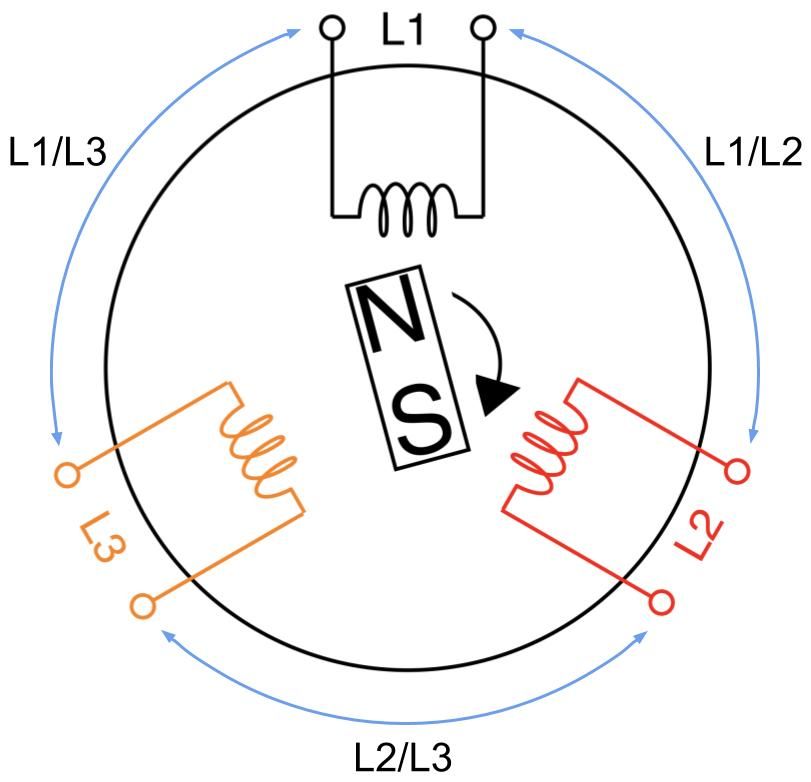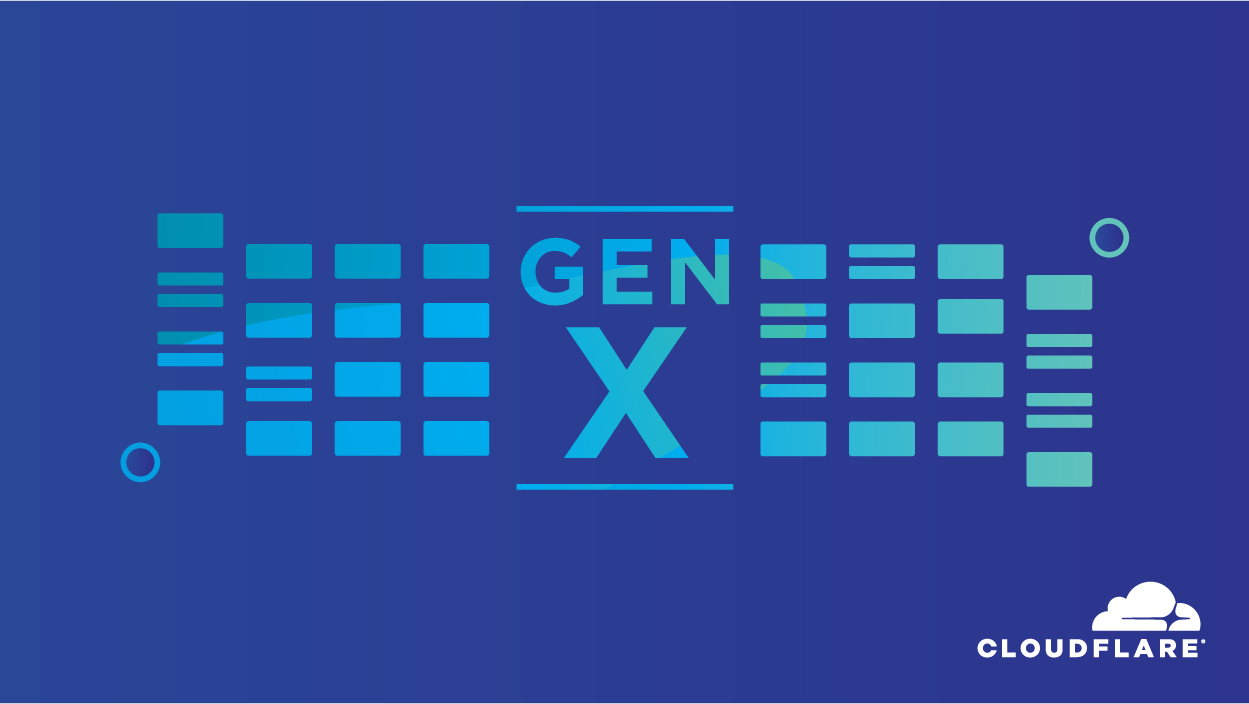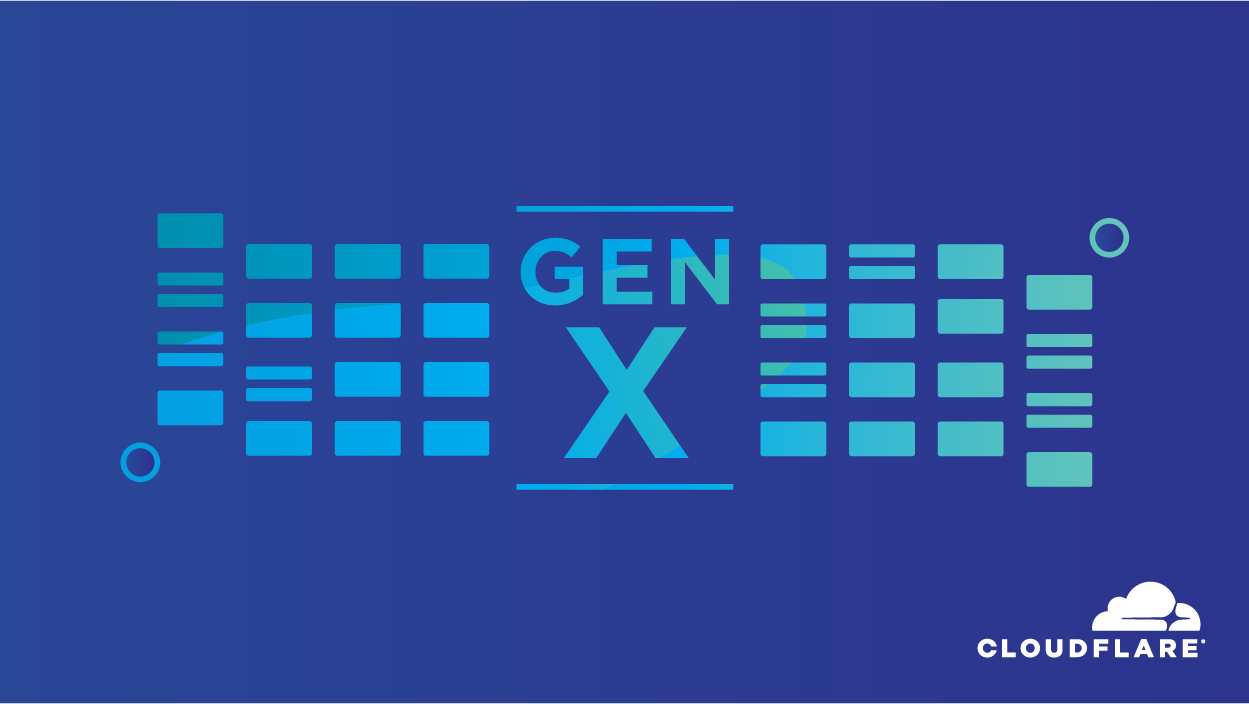Author Archives: Rob Dinh
Author Archives: Rob Dinh

Our fleet of over 200 locations comprises various generations of servers and routers. And with the ever changing landscape of services and computing demands, it’s imperative that we manage power in our data centers right. This blog is a brief Electrical Engineering 101 session going over specifically how power distribution units (PDU) work, along with some good practices on how we use them. It appears to me that we could all use a bit more knowledge on this topic, and more love and appreciation of something that’s critical but usually taken for granted, like hot showers and opposable thumbs.
A PDU is a device used in data centers to distribute power to multiple rack-mounted machines. It’s an industrial grade power strip typically designed to power an average consumption of about seven US households. Advanced models have monitoring features and can be accessed via SSH or webGUI to turn on and off power outlets. How we choose a PDU depends on what country the data center is and what it provides in terms of voltage, phase, and plug type.

For each of our racks, all of our dual power-supply (PSU) servers are cabled to one of the two vertically mounted PDUs. Continue reading


More than 1 billion unique IP addresses pass through the Cloudflare Network each day, serving on average 11 million HTTP requests per second and operating within 100ms of 95% of the Internet-connected population globally. Our network spans 200 cities in more than 90 countries, and our engineering teams have built an extremely fast and reliable infrastructure.
We’re extremely proud of our work and are determined to help make the Internet a better and more secure place. Cloudflare engineers who are involved with hardware get down to servers and their components to understand and select the best hardware to maximize the performance of our stack.
Our software stack is compute intensive and is very much CPU bound, driving our engineers to work continuously at optimizing Cloudflare’s performance and reliability at all layers of our stack. With the server, a straightforward solution for increasing computing power is to have more CPU cores. The more cores we can include in a server, the more output we can expect. This is important for us since the diversity of our products and customers has grown over time with increasing demand that requires our servers to do more. To help us drive compute performance, we needed Continue reading